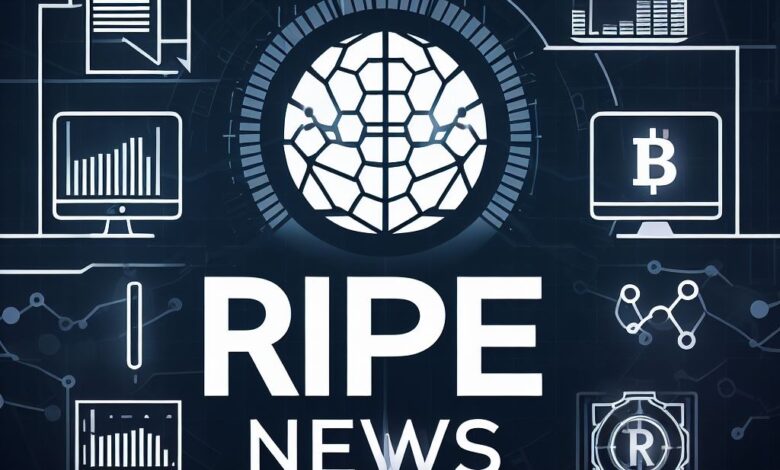Biden Administration Accelerates Student Loan Debt Erasure, Introduces Innovative Repayment Plan

In a surprising move, the Biden administration has expedited a significant change originally slated for July, announcing the rapid forgiveness of federal student loan debts for thousands of borrowers. This includes both undergraduate and graduate students who initially borrowed less than $21,000.
Fast-Tracking Debt Cancellation:
The administration’s accelerated approach involves automatic debt erasure in February for those who borrowed $12,000 or less in federal student loans and have been in repayment for at least 10 years. The condition is enrolling in the Biden administration’s new income-based repayment plan named SAVE. The forgiveness window extends by one year for every additional $1,000 of debt. This unexpected move aims to provide relief to borrowers who have actively repaid their loans and are now embracing the SAVE plan.
Innovative SAVE Repayment Plan:
The SAVE plan, a cornerstone of President Biden’s debt relief initiatives, emerges as a highly forgiving repayment plan. To qualify for the fast-tracked forgiveness, borrowers must enroll in SAVE, with notifications regarding debt qualification scheduled to begin in February. The plan has gained popularity, with 6.9 million borrowers enrolled as of early January. Notably, over half of them, 3.9 million, have incomes low enough to qualify for a $0 monthly payment.
SAVE differs significantly from previous plans by exempting more of a borrower’s income from monthly payment calculations. Moreover, interest no longer accumulates beyond what a borrower can afford to pay each month. This feature prevents interest from ballooning for borrowers with low or $0 payments, a common issue under older plans.
Republican Opposition and Administration’s Response:
The SAVE plan has faced opposition from Republicans in Congress who argue against what they perceive as an attempt to buy votes before the election. Virginia Foxx, the Republican chair of the House Education Committee, criticized the administration’s move, labeling it a “complete and utter disaster.” President Biden, however, has asserted his commitment to the SAVE plan, stating he would veto any bill seeking its cancellation, even if sent by Congress.
Impact on Borrowers and Future Loan Forgiveness:
The SAVE plan promises multiple windows for loan forgiveness, positioning borrowers to pay significantly less over time compared to older plans. The Department of Education acknowledges that under a previous plan for low-income borrowers, the average repayment was $10,956 for every $10,000 borrowed. Under SAVE, this amount decreases substantially to $6,121, providing considerable financial relief.
Friday’s announcement follows the Department of Education’s recent challenges with the new Free Application for Federal Student Aid (FAFSA) form, which contained a significant error potentially affecting federal aid amounts for applicants. As the administration navigates these issues amid a funding crisis, the accelerated student loan debt erasure remains a focal point in its efforts to address the financial burdens faced by borrowers.

